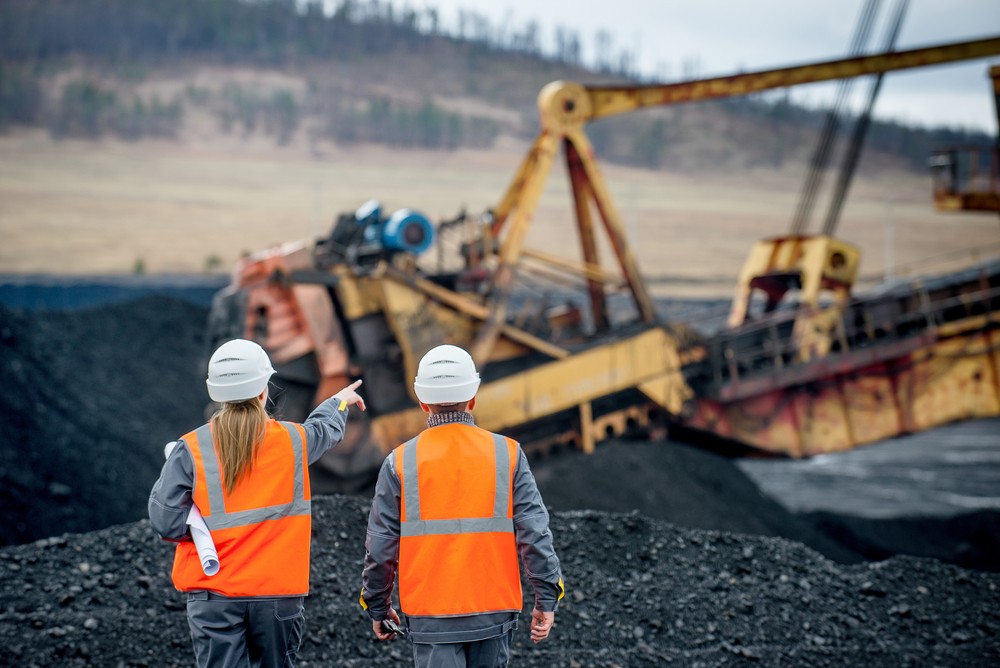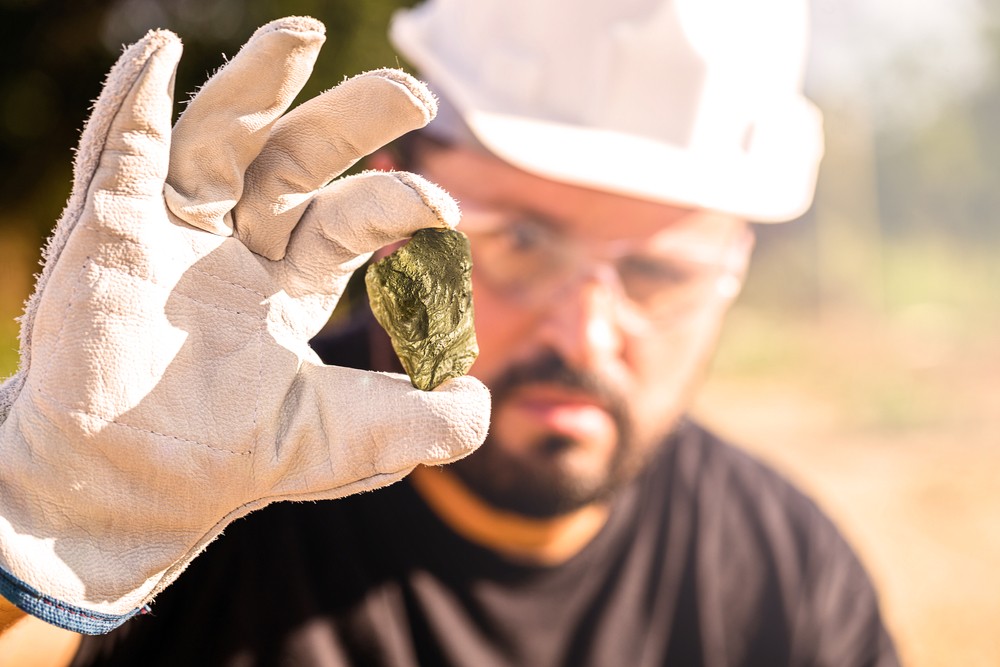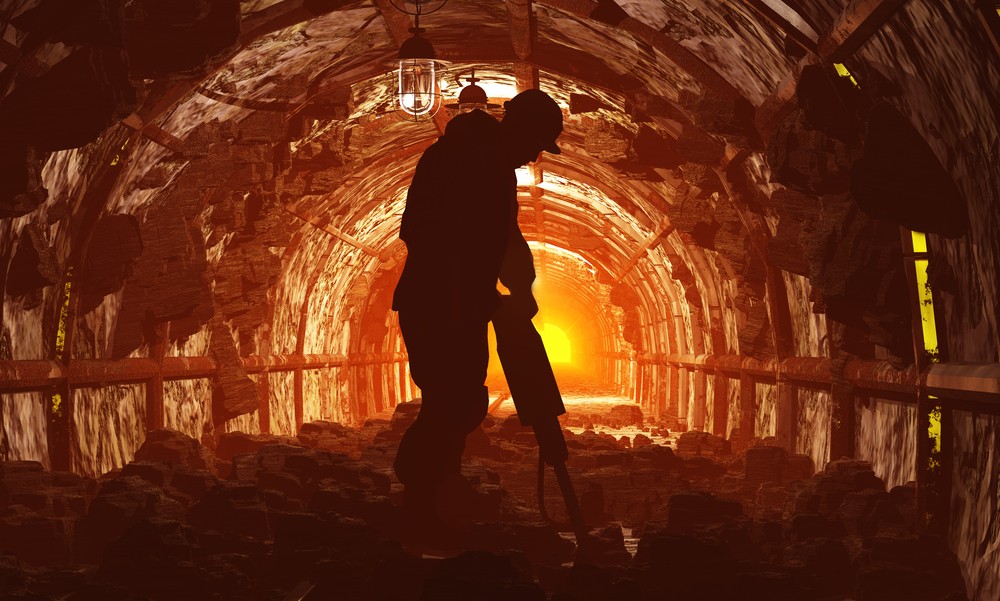Is Mining the Answer to Domestic Supply Shortages?

As cries for domestic manufacturing’s rejuvenation grow louder, there’s a microscope on the factors enabling growth — or constraining it. One of the prevailing points in recent months is the inability of U.S. producers to get the raw materials they need. Prompted by supply chain issues, legislators and lobbyists are coming to the table to try and make raw materials more accessible to domestic producers.
Kickstarting new mining operations for rare earth materials could solve one persistent problem hampering domestic manufacturing. The question is this: Can domestic mining help producers clear the hurdle? Or is there a better solution?
The U.S. is reliant on trade for raw materials
Rare earth materials are integral to production across a wide range of prevalent products, including cellphones, aircraft, electric engines, and medical devices. And while some rare earth mining occurs in the United States, the country relies mostly on imports, primarily from China, to obtain necessary raw materials.
“The U.S. was 100% net import reliant on rare-earth elements in 2018, importing an estimated 11,130 metric tons of compounds and metals valued at $160 million,” according to an exposé by Marketplace.org. “Eighty percent of those imports were sourced from China, according to the U.S. Geological Survey.”
The U.S. isn’t meeting demand for raw materials domestically, which has led to a net-negative for the domestic manufacturing industry. To meet demand and fuel positive domestic production growth, the U.S. must explore new opportunities to produce or acquire raw materials.

Demand for rarer materials is growing exponentially
It hasn’t always been this way. Classic manufacturing relied heavily on materials the U.S. does a good job of mining and refining, including iron, copper, tin, and nickel. But new manufacturing technologies rely more heavily on materials like gold, silver, zinc, lead, and manganese. Failing to procure enough of the latter has stunted domestic production of new technologies while driving up reliance on imports. The result? Many are calling for the U.S. to ramp up mining efforts.
While mining may sound like the obvious choice for domestic materials, it comes with a negative perception in an age of growing environmental conservatism. It’s leading many to ask if doubling down on production is the best way to close the deficit. Why not make better use of what’s already available?
Why mine when you can . . . recycle?
The biggest problem facing rare earth metals is they’re largely single use. This is due in part to the costs associated with recycling and reclaiming materials from manufactured products. But in 2017, researchers from the University of Pennsylvania began work on a process that could potentially make recycling cheaper — and fit well within the demand for environmental stewardship.
“A group of researchers from the University of Pennsylvania discovered a separation process that could make purifying recycled rare earth elements much less expensive,” according to an article shared by the U.S. Department of Energy. “By developing a new organic compound (H3TriNOx) for binding rare earth cations, this group formed 15 different rare earth compounds.”
With America looking for a greener future, manufacturing companies might consider recycling precious materials they’ve already used as opposed to mining for new ones. This would help reduce environmental consumption and may also decrease energy costs.

The need for accessible materials persists
Demand for raw materials remains high — and will only climb higher as domestic production ramps up. Accessing raw materials from a domestic source will help manufacturers get the supplies they need quicker and more affordably. Whether through mining, recycling, or some combination of the two, how they’ll get those materials remains to be seen. In either case, domestic sourcing must be a primary focus.